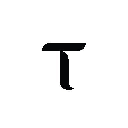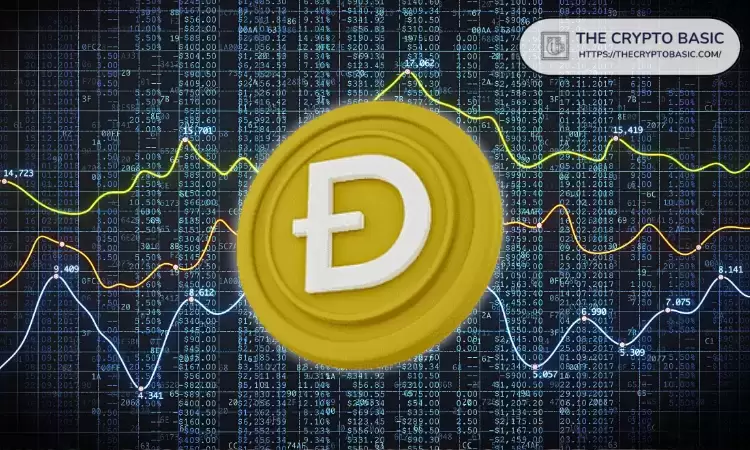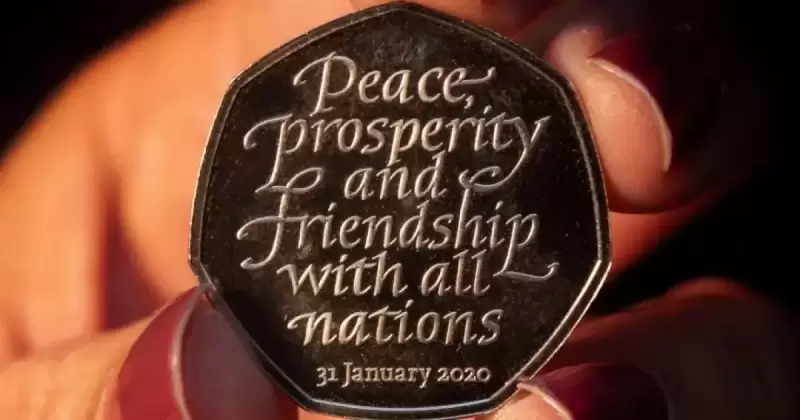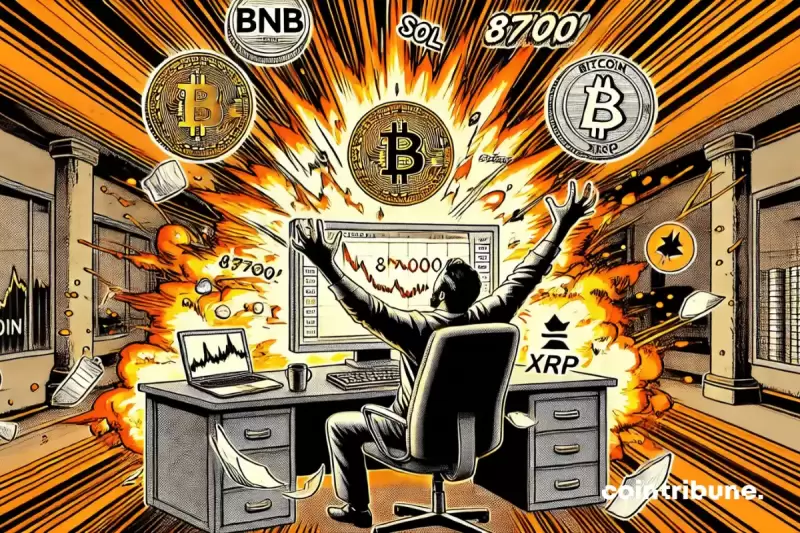 |
|
 |
|
 |
|
 |
|
 |
|
 |
|
 |
|
 |
|
 |
|
 |
|
 |
|
 |
|
 |
|
 |
|
 |
|

Blockchain technology is renowned for its emphasis on decentralization and interconnectedness. However, in practice, achieving seamless integration among various networks has proven challenging. Many blockchains operate in isolation, and attempts to facilitate interactions between them are often met with complexity and inefficiency.
One of the critical aspects of decentralized finance (DeFi) is the ability to perform cross-chain token swaps. Yet, this process is often plagued by high fees, sluggish transaction times, and security vulnerabilities. Enter Mynth, a decentralized cross-chain protocol that aims to revolutionize the way tokens are swapped across blockchains. Think of it as the "SWIFT" of the blockchain world.
At its core, Mynthis designed to simplify and streamline token swaps across any blockchain. By breaking down the silos that separate different networks, Mynth aspires to make DeFi more user-friendly and accessible. Operating at the "layer zero" infrastructure, Mynth essentially connects blockchain ecosystems at their most fundamental level.
The rapid adoption of blockchain technology has presented both opportunities and challenges. While more users and developers are embracing this technology, the fragmentation between networks remains a significant hurdle. Moving assets from one chain to another often relies on centralized exchanges, which are known for their slow speeds, high costs, and vulnerability to security breaches. This fragmentation ultimately limits the broader potential of blockchain technology.
Mynth's solution to this problem is a decentralized protocol that eliminates the need for intermediaries. In doing so, it provides a way for users to execute token swaps securely and efficiently across networks. This creates a more unified blockchain environment where interactions between chains are smooth and reliable.
Robert Roose, the founder of the decentralized token swap service Mynth, described it as a critical tool for enhancing blockchain interoperability.
“Mynth acts as a ‘glue’ that enables blockchains to communicate with one another, something they inherently lack,” he explained. “It facilitates the exchange of messages and the transfer of assets between different networks, such as enabling communication between Solana and Polygon.”
Roose added, “By providing this capability, Mynth essentially gives blockchains a ‘voice,’ allowing them to interact seamlessly across ecosystems.”
The protocol utilizes several key technologies to achieve this goal. Users begin by locking their tokens into smart contracts on one blockchain. These contracts serve as a secure holding place during the transaction. A crucial part of the process is Mynth's "Lizard" network, which monitors external events, validates them, and submits proofs on-chain. Once verified, the original funds are released, completing the swap in a trustless and efficient manner.
Roose also likened Mynth to SWIFT, noting how both connect fragmented systems—SWIFT for traditional banking and Mynth for the emerging blockchain ecosystem.
“Just as SWIFT enables money transfers between banks and countries, Mynth creates a framework for communication and asset transfer between modern blockchain networks,” he explained.
Roose also brought attention to the fact that Mynth is fully decentralized and secure, unlike systems that rely on centralized intermediaries like Coinbase. He pointed out that Mynth is trustless, meaning users don’t have to depend on third parties to safeguard their assets. Additionally, its open-access approach allows anyone to join and use the network without permission, fostering inclusivity.
EMBED TWEET
Instead of introducing new consensus mechanisms that could create vulnerabilities, Mynth builds on existing blockchain technologies to ensure reliability and security. This approach, Roose noted, avoids the pitfalls seen in other systems that have led to monetary losses due to poor implementations.
At the heart of the Mynth ecosystem is its native token, MNT. The token serves multiple purposes, including staking, governance, and network security. Holders of MNT can participate in decision making for the protocol and benefit from a system where protocol fees fund a buyback and burn mechanism. This reduces the token supply over time and potentially supports the long-term value of the token.
Partnerships play a significant role in Mynth's strategy. The protocol has already integrated with major blockchains like Ethereum, Binance Smart Chain, Cardano and Solana, extending its functionality across multiple chains. Partnerships with EMURGO and Immutable also help to address different use cases and build trust in the blockchain community.
A key moment for Mynth is its upcoming Initial DEX Offering (IDO), scheduled for January 21, 2025. This event will allow users to acquire MNT tokens across four launchpads: Axo, Fjord, GemPad, and PinkSale. The tokens can be purchased using six native coins or USDC.
Robert Roose spoke on the significance of Mynth’s Initial DEX Offering (IDO) as a milestone for both the project and its growing community.
“The IDO marks the first broad opportunity for users to purchase Mynth’s utility token in meaningful quantities,” he explained. “Previously, access was limited to an airdrop during our mainnet launch in 2023, with only small liquidity pools set up by the community.”
Roose continued,
免责声明:info@kdj.com
所提供的信息并非交易建议。根据本文提供的信息进行的任何投资,kdj.com不承担任何责任。加密货币具有高波动性,强烈建议您深入研究后,谨慎投资!
如您认为本网站上使用的内容侵犯了您的版权,请立即联系我们(info@kdj.com),我们将及时删除。
-

- Dogecoin(Doge)表格杯并在每月图表上处理图案,目标$ 0.88
- 2025-04-22 00:20:12
- Dogecoin(Doge)的价格显示了4月20日下降到大约0.153美元后的恢复迹象。
-

-

-

-

- SUI价格正在提高游戏
- 2025-04-22 00:10:14
- 到2025年,它已经缩小了游戏的一倍,变成了Web3的认真玩家。在大型合作伙伴关系和易于使用的工具的支持下,Sui不仅为游戏玩家提供迎合
-

- Bonk价格预测:模因硬币在突破集会之前的动力增长
- 2025-04-22 00:10:14
- 随着更广泛的加密货币市场恢复,顶级模因硬币正在越来越大。 Bonk是一种基于索拉纳的模因硬币,正在逐渐获得动力
-

- 比特币(BTC)的价格上涨超过14%,以达到3月下旬以来的最高水平。
- 2025-04-22 00:05:12
- 随着整个加密货币市场上涨3%,至2.74万亿美元,比特币价格上涨了约4%。
-

-

- 随着加密货币市场的发展,XRP和Dogecoin又重新成为了焦点
- 2025-04-22 00:00:44
- 随着加密货币市场稳步发展,XRP又重新成为众人瞩目的焦点,到2025年,它的乐观预测将其接近6美元。




























































